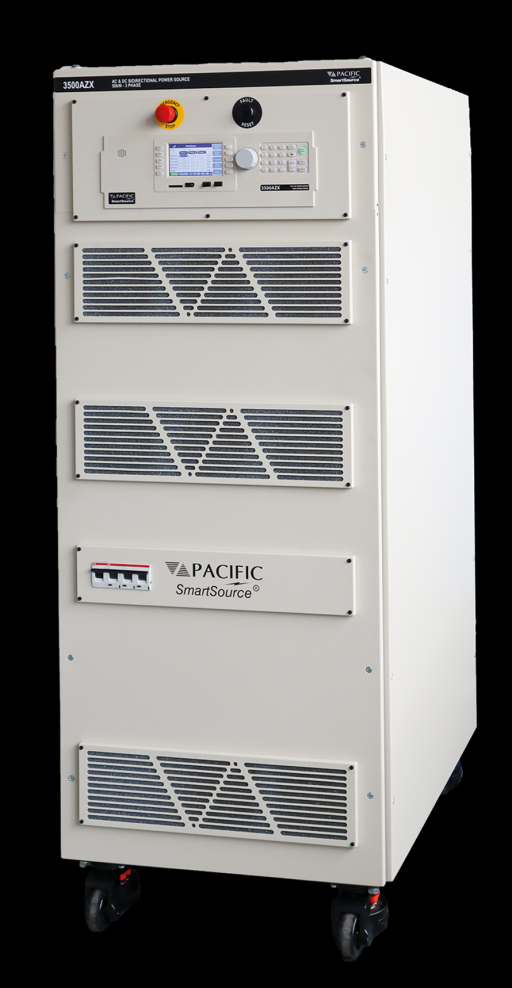The phenomenon of regenerative power sources represents a confluence of engineering ingenuity and sustainable practices, reshaping our energy landscape. But what exactly is a regenerative power source? Is it merely a passing trend in the renewable energy sector, or is it a fundamental shift in how we harness and utilize energy? This question beckons us to explore the depths of regenerative technology, its implications, and the challenges it faces.
1. Understanding Regenerative Power Sources
At its core, a regenerative power source is a system that harnesses energy that would otherwise be wasted during various processes. These systems often tap into potential energy generated by motion, heat, or other forms of kinetic energy and convert it back into usable electrical energy. Common examples include regenerative braking systems in electric vehicles and energy recovery systems utilized in industrial applications.
This approach to energy generation is not just a method; it is an ideology deeply rooted in efficiency and sustainability. Instead of relying solely on generating new energy, regenerative power recycles and repurposes existing energy forms. This concept is pivotal in the transition towards a circular economy, where resources are continuously reused and regenerated.
2. The Science Behind Regeneration
To comprehend regenerative power, one must delve into the fundamental laws of thermodynamics and energy conservation. The first law states that energy cannot be created or destroyed; it can only change forms. Regenerative systems exploit this law by capturing energy during its fallow states, converting it into electrical energy, which can then be stored or utilized immediately.
Consider the dynamics involved in a regenerative braking system. When a vehicle decelerates, instead of dissipating kinetic energy as heat through traditional brakes, a regenerative braking system captures this energy. It converts the kinetic energy into electric energy, which replenishes the vehicle’s energy storage system, thereby improving overall energy efficiency. This showcases not only an innovative use of energy but also highlights the importance of efficiency in engineering solutions.
3. Types of Regenerative Power Sources
Regenerative power sources can be broadly categorized into several types, each employing different mechanisms to capture energy. Some notable examples include:
- Regenerative Braking Systems: Found predominantly in electric and hybrid vehicles, these systems recuperate energy during braking and convert it back for propulsion.
- Energy Harvesting Systems: These systems capture ambient energy from their surroundings, such as the kinetic energy from walking or vibrations from machinery, converting it into electrical energy.
- Wind Turbines: While traditionally viewed as generation systems, advanced turbine designs integrate features to recover energy losses during operation, thereby enhancing overall efficiency.
- Photovoltaic Systems: Some cutting-edge solar technologies are beginning to incorporate regenerative methods by capturing and utilizing excess energy generated during peak sunlight hours.
The diversity among these systems exemplifies the versatility of regenerative approaches in various contexts—from transportation to energy generation at an industrial scale. But how scalable are these technologies for widespread implementation? Does the complexity of integration pose a significant challenge to their adoption? These questions highlight the intricacies of deploying regenerative technologies on a global scale.
4. Benefits of Regenerative Power Sources
The advantages of regenerative power sources are compelling. First, they significantly reduce energy waste, aligning with the global push towards sustainability and reducing carbon footprints. They provide a dual benefit of enhancing energy efficiency while simultaneously lower energy consumption. As society grapples with the realities of climate change, these technologies could serve as pivotal assets in the battle for a sustainable future.
In addition to ecological advantages, regenerative systems can reduce operational costs across various sectors. By recapturing energy, organizations can decrease reliance on traditional energy sources, leading to substantial financial savings over time. Furthermore, the potential for regenerative systems to provide auxiliary power during peak demand situations elevates their value as integral components of modern energy grids.
5. Challenges and Future Directions
Nevertheless, the future of regenerative power sources appears promising. With continued research and innovation, improvements in energy conversion efficiencies, lower costs of materials, and advancements in integration strategies can pave the way for broader acceptance and implementation. As industries and governments invest in green technologies, the regenerative power landscape is poised for growth and evolution.
Conclusion
In summation, regenerative power sources represent not merely a technological advancement but a philosophical shift toward sustainable energy usage. The interplay of capturing waste energy and repurposing it for beneficial use encapsulates the essence of innovation in the energy sector. As questions about scalability and technological integration continue to surface, solutions are likely to emerge that enhance the viability of these systems. The challenge remains: can we, collectively, transform our energy usage paradigms sufficiently to embrace these revolutionary approaches? Only time will tell.












